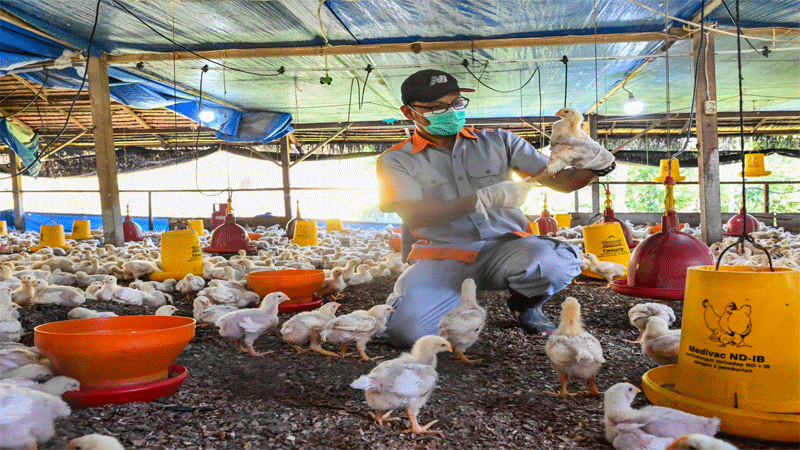WHO announced that a woman recently passed away in China from H3N8, a subtype of bird flu that has only been known to infect three people thus far.

The World Health Organization (WHO) announced on Tuesday (April 11) that a woman recently passed away in China from H3N8, a subtype of bird flu that has only been known to infect three people thus far. All three of the H3N8 human cases have been documented in China.
The first case was noted in April 2022 and involved a 4-year-old boy in the province of Henan. It is believed that the boy contracted the virus from domestic chickens or wild ducks at his house.
The second incident happened the following month to a 5-year-old boy in the province of Hunan who had just visited a market where live poultry were sold, though he hadn’t actually handled the birds.
The second boy had a mild case compared to the first boy, whose illness progressed to the point where he needed intensive care. Both kids got better.
The third case, which was just discovered, was found in a 56-year-old Guangdong woman whose symptoms first appeared on February 22, 2023. She was hospitalised for severe pneumonia on March 3, and on March 16, she passed away.
The patient, who had “multiple underlying conditions,” had been exposed to live poultry and wild birds close to her home before becoming ill, according to the WHO.
The patient’s home and a nearby market were later sampled by researchers, and they discovered that samples from the market tested positive for influenza A (H3), the general subtype of influenza viruses to which the H3N8 subtype belongs. There is currently no proof that H3N8 is being transmitted from person to person.
According to available epidemiological and virological data, avian influenza A (H3N8) viruses are unable to transmit themselves to humans over an extended period of time, according to a statement from the WHO. Therefore, the likelihood of human-to-human spread is considered low at this time.
Nevertheless, since viruses are constantly changing, it’s crucial to keep an eye out for any modifications that could make H3N8 more hazardous to human health.
According to the U.S. Centres for Disease Control (CDC) and Prevention, H3N8 viruses were first discovered in wild birds in the 1960s and have since been sporadicly detected in live poultry in China and other animal species, such as harbour seals. The H3N8 bird flu has never been linked to human cases in the United States.